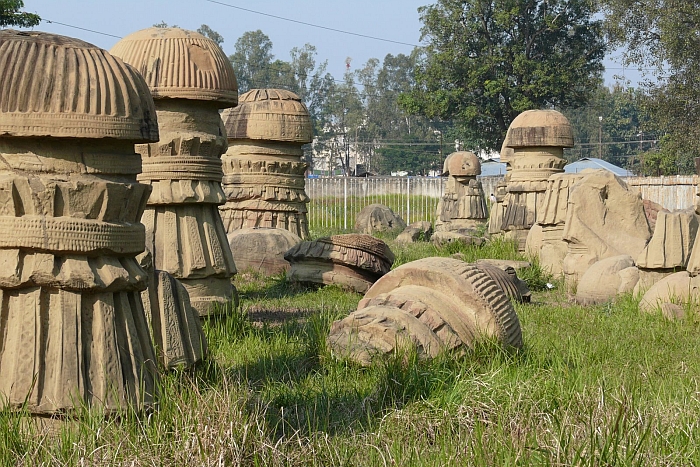
Most tourists who come to Dimapur will ask about the Kachari ruins (monoliths). But most of us will be reluctant to take them there as the ancient monument is poorly maintained. It is our fault as we do not demand its upkeep. A ‘protected’ ancient monument should be well maintained. If it is well maintained, not only will tourists visit that site but monoliths dating as early as 13 century AD can be preserved as they are simply irreplaceable.
I filed an RTI with the Archeological Survey of India (ASI) which is responsible for its maintenance. I found out no major work has been carried out in the last 3 years at the site. It seems a Conservation Assistant is looking after the ruins.
The RTI reply said future works to be taken up are PCC flooring inside the monolith area, hiring of technicians for mending and restoration of broken monoliths and erection of a new entry gate.
It remains to be seen if they will actually carry out the works as no major fund has been allotted for it so far.
Fund allotment in the last three years for the ruins were:
2011-12: Rs. 1 Lakh
2012-13: Rs. 8 Lakh
2013-14: Rs. 7.7 Lakh
ASI does not seem to have a vision for the ruins. Rest assured, we will not see any major improvement unless public bring the ancient monument to the Government’s notice.
The ancient ruins have so much tourism potential. Provided the monoliths are preserved properly, a museum on the Kachari kingdom and the ruins can be built, A small amphitheatre can be built for Kachari dance troupes to perform, Sounds and Lights show in the evenings (like the ones we see in Red fort) to showcase history of Kacharis. People can pay for all these so that the site can earn revenue for its upkeep.
Studies done by research scholars have found out that Naga history is intertwined in the monoliths. There is much to be studied, But pollution, lack of care threatens to erase away the past. These monoliths are one of a kind and cannot be found elsewhere. Once they are gone, history goes with them. As of now we have got the chance to preserve them…who knows after many decades our future generations will blame us for not making use of this chance.
(The writer is Dr. Yan Murry, CEO & Secretary, Society for Education, Empowerment & Development)